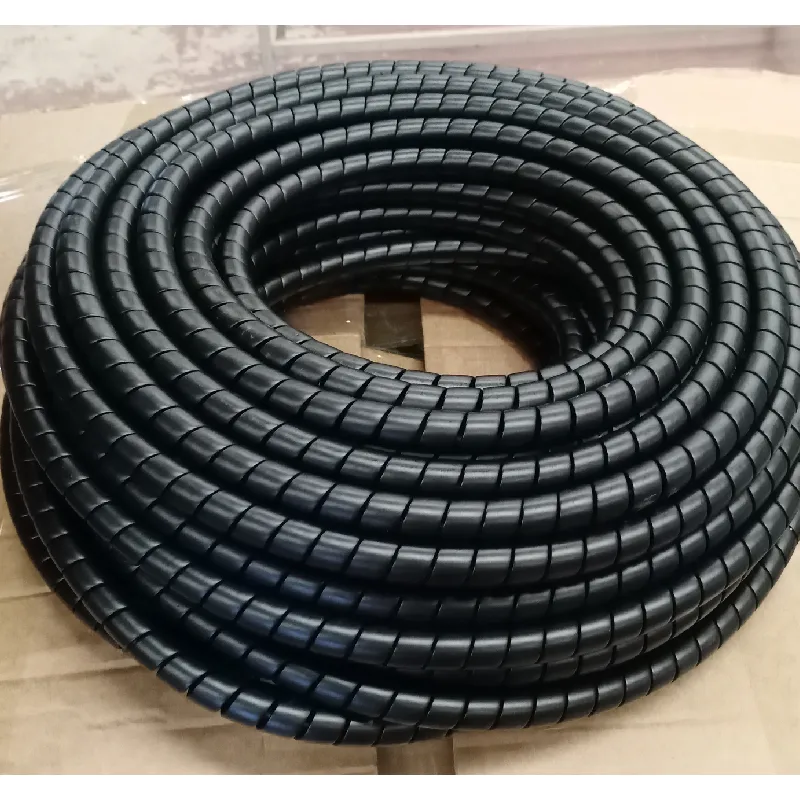power steering hose pressure rating
Understanding Power Steering Hose Pressure Ratings
Power steering is a crucial system in modern vehicles, allowing drivers to steer effortlessly while maintaining control over their vehicles. One of the primary components of this system is the power steering hose, which carries hydraulic fluid from the pump to the steering gear. The pressure rating of these hoses is critical for their performance and reliability.
What Is Power Steering Hose Pressure Rating?
The power steering hose pressure rating refers to the maximum pressure that a hose can handle before it becomes damaged or fails. This rating is typically indicated in pounds per square inch (PSI) and varies based on the hose design, materials used, and manufacturing processes. Understanding the pressure rating is vital for vehicle manufacturers, mechanics, and vehicle owners, as it directly impacts the safety and functionality of the power steering system.
Why Is Pressure Rating Important?
1. Safety Power steering hoses operate under high pressure. If a hose fails, it can lead to a loss of steering assistance, making it difficult for the driver to control the vehicle. This can be particularly dangerous in high-speed situations or when navigating tight corners.
2. Performance The pressure rating ensures that the hose can handle the demands of the steering system without leaking or bursting. A hose with an inadequate pressure rating could lead to performance issues, including sluggish steering response or erratic vehicle handling.
3. Durability Different vehicles may have varying power steering demands, which makes it essential to choose a hose that can withstand not just normal operating conditions but also potential spikes in hydraulic pressure during driving maneuvers. A hose that exceeds its rating is at risk of damage, resulting in expensive repairs and potential safety hazards.
Factors Affecting Pressure Ratings
Several factors affect the pressure rating of power steering hoses
- Material Power steering hoses are typically made from rubber or synthetic materials designed to resist heat and pressure. Reinforced hoses may include additional layers of braided fabric or steel wire to increase their durability and performance.
- Size and Design The diameter and length of the hose can impact its pressure rating. Wider hoses may handle higher flows, while longer hoses can introduce additional pressure drops in the system.
- Manufacturing Standards Different manufacturers may adhere to various standards when producing power steering hoses
. It's crucial to ensure that the hoses comply with industry standards to guarantee their performance in real-world conditions.power steering hose pressure rating

Choosing the Right Power Steering Hose
When selecting a power steering hose, consider the following
- Vehicle Specifications Always refer to the manufacturer’s guidelines for the correct hose type and pressure rating for your vehicle model. Using an incorrect hose can lead to severe performance issues.
- Application Evaluate the intended use of the vehicle. For instance, if the vehicle is used for towing or off-road driving, it may experience higher pressure demands than a standard passenger car.
- Quality Control Opt for products from reputable manufacturers known for their quality and reliability. Poor-quality hoses may not only have lower pressure ratings but can also suffer from premature wear and tear.
Maintenance of Power Steering Hoses
Regular maintenance and inspection of power steering hoses can help prevent failures
- Visual Checks Routinely look for signs of wear, such as cracks, bulges, or leaks.
- Fluid Inspection Keep an eye on the hydraulic fluid levels and quality. Contaminated or low fluid can put additional strain on hoses.
- Professional Inspection Periodically, have a qualified mechanic inspect your vehicle's power steering system to ensure everything is in good working order.
Conclusion
Understanding power steering hose pressure ratings is essential for both safety and performance in any vehicle. By selecting the appropriate hoses, maintaining them, and adhering to your vehicle’s specifications, you can ensure that your power steering system operates effectively and reliably, providing a safe and enjoyable driving experience.
-
Ultimate Spiral Protection for Hoses & CablesNewsJun.26,2025
-
The Ultimate Quick-Connect Solutions for Every NeedNewsJun.26,2025
-
SAE J1401 Brake Hose: Reliable Choice for Safe BrakingNewsJun.26,2025
-
Reliable J2064 A/C Hoses for Real-World Cooling NeedsNewsJun.26,2025
-
Heavy-Duty Sewer Jetting Hoses Built to LastNewsJun.26,2025
-
Fix Power Steering Tube Leaks Fast – Durable & Affordable SolutionNewsJun.26,2025

